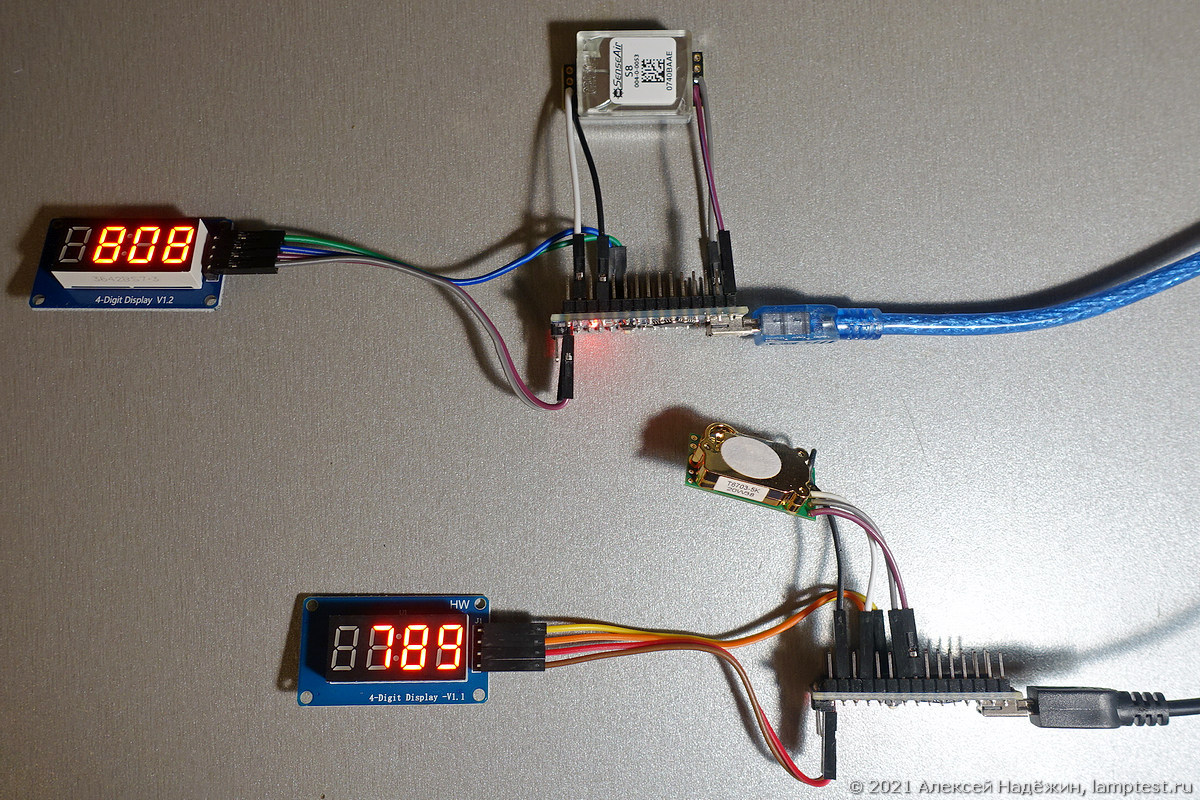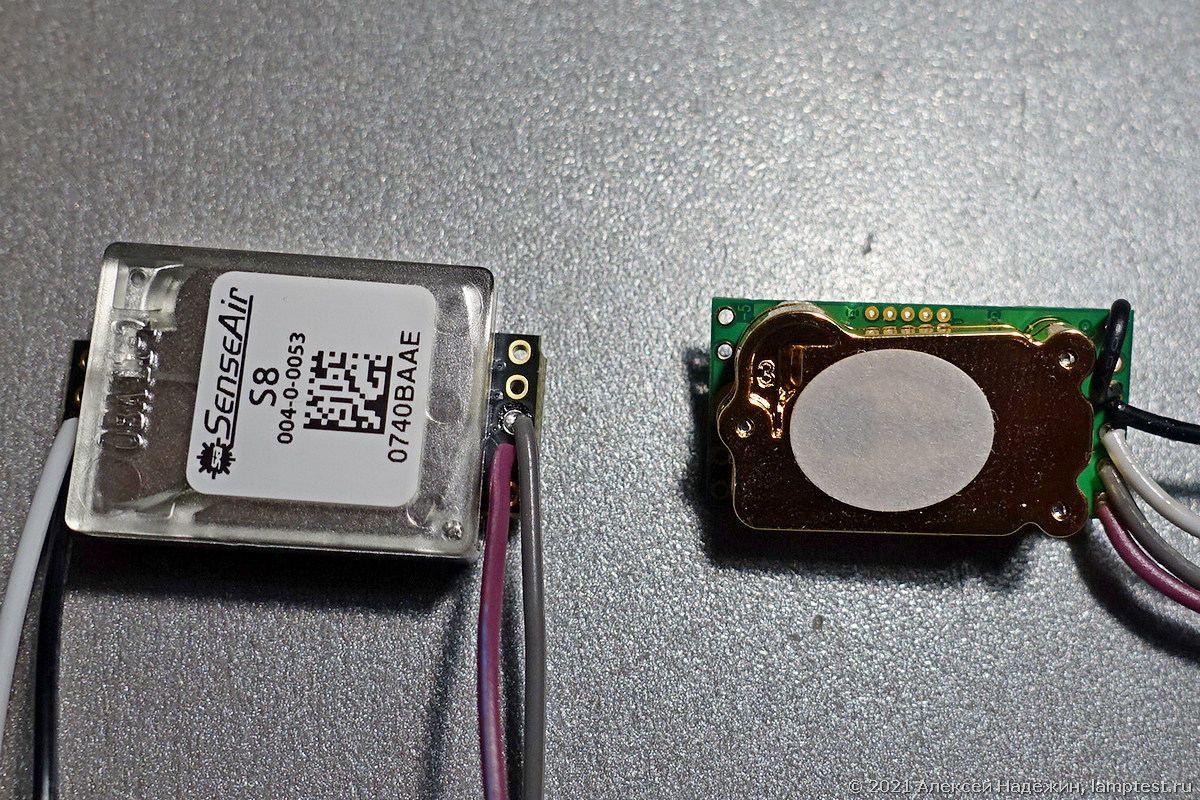Such a meter is very rare in apartments, primarily because of the high price. I bought my first AZ Instruments 7798 CO2 datalogger for $ 139 and it was the cheapest model on the market.
Now a ready-made CO2 meter costs about 4,000 rubles, and a home-made one will cost half the price.

I figured out how to connect carbon dioxide sensors from Aliexpress, found examples of their use and made the simplest CO2 meters that are very easy to repeat.
Most home-made products use the MH Z19B sensor, but it has a bad feature - if the room is not ventilated to the state of outside air every day, the readings begin to "float" (the sensor is automatically calibrated every day and calculates the minimum CO2 level in the room at 400 ppm). I ordered two more advanced sensors - Sensair S8 004-0-0053 (it cost me $ 28.86, now costs $ 32.30) and Telaire T6703 (I bought it for $ 19.41, now it costs $ 28.35).

I connected the sensors to an Arduino Nano (you can buy it for $ 2.98), but you can use another Arduino board as well. A cheap TM1637 LED screen is used to display the CO2 value (it costs $ 0.67). For connection, it is convenient to use ready-made wires with Dupont FF connectors (20 pieces of 10 cm each cost $ 0.87), to connect sensors they can be cut in half and soldered.
In addition to the indication on the screen, my meters transmit data to the port, so they can be connected to a computer, enter the Arduino platform mode "Port Monitor" (9600 speed), observe the CO2 values and use the meter as a datalogger (you just need to copy the data from the monitor window port in Excel).

By the way, you don't have to connect the screen and use only the port monitor.
Both sensors give accurate results (I compared with good carbon dioxide meters Dadget MT8057s and AZ Instruments 7798 CO2 datalogger). I liked the cheaper Telaire T6703 even more - it reaches the correct readings in thirty seconds after switching on and its results are closer to the results of expensive devices with dual-beam sensors.
If you want to repeat one of these simple designs, I have collected everything you need in one archive - there are sketches for Arduino, and wiring diagrams and the necessary library.
I plan to add to my meters support for a cheap TFT color screen and three or four relays to control ventilation depending on the level of carbon dioxide in the room. As soon as I do this, I will write the same instructions for repeating these homemade products.
© 2021, Alexey Nadezhin